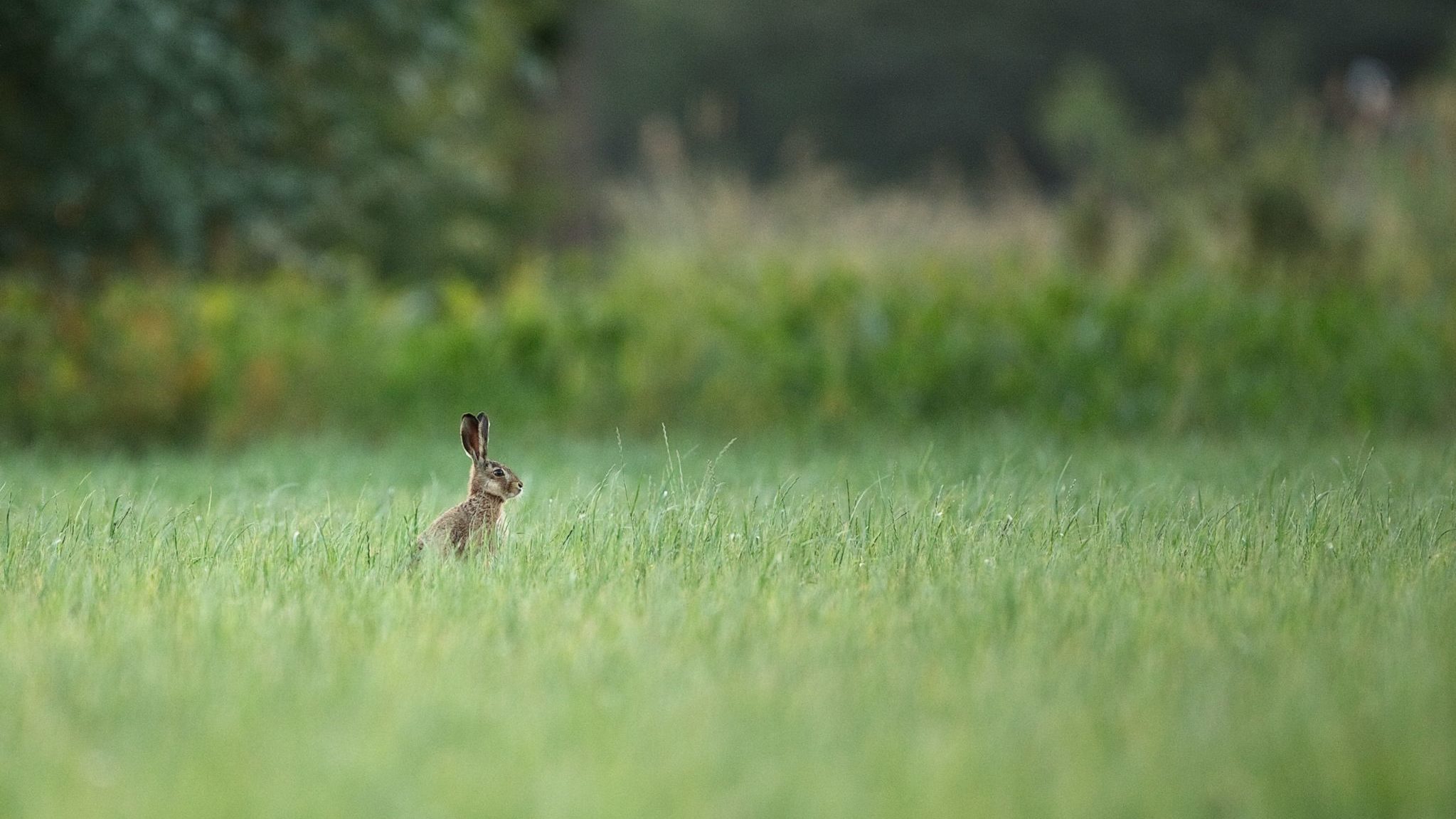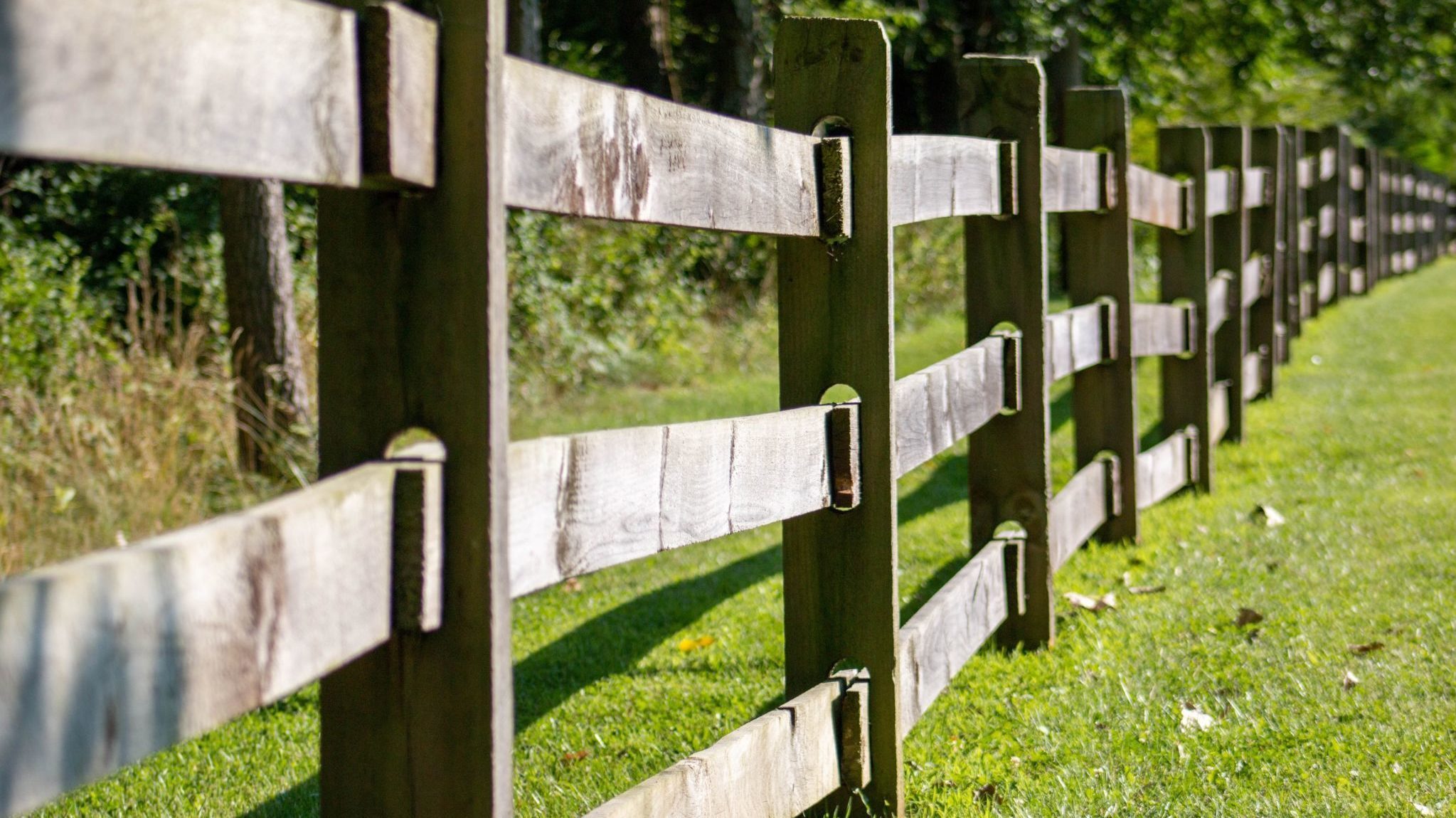
Interested private property owners can help protect ecological corridors by adopting best practices that facilitate the dispersal of plants and animals.
If you’re interested, there are several options open to you. Conservation agencies can also provide information about the ecological value of your land, and suggest the best ways to maintain its ecological integrity.
Five ways to be a friend
The best way to install a clothesline
Did you know that a clothesline running across your yard can present a substantial obstacle for some animals? For example, deer could get their antlers caught in your laundry! If you install an outdoor clothesline, it’s best to make sure that it runs parallel to a wall of your house, and doesn’t run across your entire yard.
To mow — or not to mow?
Do you have a large property, but use only a small part of it? Save time, and just cut the grass on the part of your property that you actually use. The rest of your land will then become a rich ecosystem. A natural meadow will make pollinators, amphibians and small mammals very happy.
Everything is connected. The richer an environment, the more that wildlife will regulate itself, so no more problems with ants, mice and racoons!
Fences are a major obstacle

Sometimes, it’s necessary to enclose a portion of one’s property, around a swimming pool or a garden, for example. However, it’s not always necessary to fence the entire property just to mark property lines.
Fences create physical and psychological barriers for many animals. By limiting the number of fences, you are facilitating the movement of animals, and maintaining the integrity of ecological corridors.
Group sheds, storage buildings and developed areas together
Human-made structures can sometimes interfere with the movement of animals. Here are two little tricks that can limit the impact of structures on your property:
- Keep structures and developed areas together in one general place.
- Leave natural vegetation corridors at the edges of the property, along waterways and along adjacent forests.
Give an ecological gift
Canada’s Ecological Gifts Program provides a way for Canadians with ecologically sensitive land to protect nature and leave a legacy for future generations. Made possible by the terms of the Income Tax Act of Canada and the Quebec Taxation Act, it offers significant tax benefits to landowners who donate land or a partial interest in land to a qualified recipient. Recipients ensure that the land’s biodiversity and environmental heritage are conserved in perpetuity.
This text is an excerpt from the website indicated below.
External resources
Several organizations also provide tools that can help. Find out more about their mission and ongoing projects, and feel free to contact them to find out more about the ecological value of your particular piece of land.